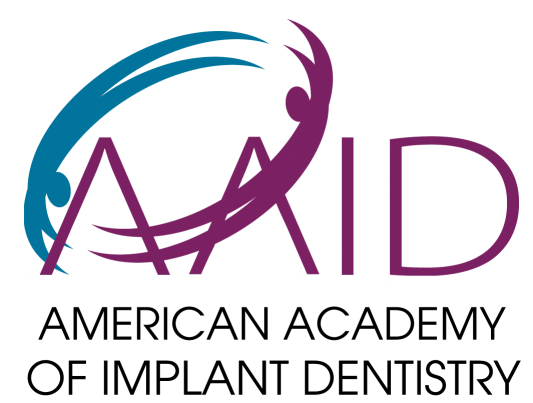One of the more annoying side effects some patients get with Invisalign aligners is a temporary lisp or slurred speech. This lisp typically arises at the start of treatment as your mouth adjusts to having plastic trays over your teeth.
The good news? An Invisalign lisp usually resolves on its own within 1-2 weeks as you become accustomed to speaking with aligners. At Lansdowne Family Dental, we share 5 tips on how to get rid of Invisalign lisp during your clear aligner treatment.

👉 Book an Invisalign Appointment Today!
5 Tips to Deal With Invisalign Lisp
If you experience speech trouble wearing your new aligners, try these simple tricks:
- Slow down and over-articulate words: Enunciating each syllable clearly versus rushing through sentences gives your lips and tongue more time to form sounds correctly.
- Remove aligners when possible: Take trays out for important discussions to get back your normal speech ability. Just resist snacking with unprotected teeth!
- Practice talking with aligners: Reading aloud or having mock conversations helps strengthen muscle memory for your mouth’s new movements.
- Drink cool water: Swallowing small sips curbs excess saliva buildup inside the mouth for drier, clearer talking conditions.
- Get aligner adjustments: If certain trays don’t fit perfectly, excess movement inside your mouth can worsen speech impediments when wearing them. Ask your orthodontist to examine and refine any problem aligners.
Don’t feel embarrassed about Invisalign lisp issues – even celebrities undergo speech therapy to get used to aligners! The tips above help ease this temporary transition. And take heart – most patients conquer aligner lisping within 7-14 days once adjusting to the trays in their mouth.
What Causes a Lisp With Invisalign?
When you first begin wearing Invisalign trays, having plastic resting on your teeth can impact normal speech movement. As you talk, your tongue now presses against the aligners versus directly on the teeth.
This alters your speech, often causing:
- Air escaping through tiny aligner tray gaps
- Friction changes against the tongue
- Less space inside the mouth
- Excess saliva buildup
Together, these effects impair normal tongue motions – resulting in muffled speech and that tell-tale Invisalign lisp.
Thankfully, most adapt within a couple of weeks once their tongue gets used to altered sensations. But dealing with lisping when important work meetings or events arise proves frustrating! Use the following tips to combat Invisalign speech issues.
| Cause of Invisalign Lisp | Solution |
| Air escapes through tray gaps | Sip water to control saliva flow |
| Changed friction against the tongue | Practice speaking aloud |
| Less space in the mouth | Remove aligners when possible |
| Excess saliva | Speak slowly and over-enunciate |
When Will My Invisalign Lisp Go Away?
The average Invisalign patient notices their speech impediment reducing dramatically after:
- 72 hours (3 days)
- 1 week
- 2 weeks
Yet, a small percentage of Invisalign wearers take up to 21 days to fully adapt to keeping the plastic aligners in as they speak.
Visit your orthodontist if lisping remains problematic after a month of tray wear. They may recommend speech therapy focused on adjusting motions for Invisalign, identifying alignment issues, or refining aligners causing excess friction on your tongue.
Ask Our Doctors: Invisalign Lisp Advice
At Lansdowne Family Dental, we help dozens of patients manage Invisalign lisping issues every year. Our orthodontists take time to explain expected speech changes with aligners and share our best tips for faster resolution.
Take advantage of our expertise in smoothly adjusting to Invisalign treatments – including dealing with pesky lisping! Book a risk-free consultation to ask all your questions about handling Invisalign side effects for the best possible experience.






